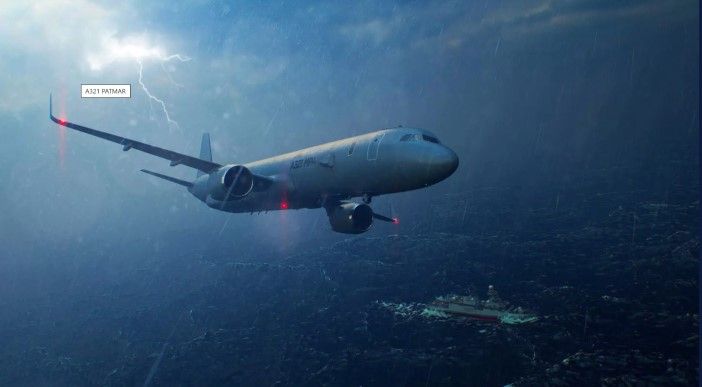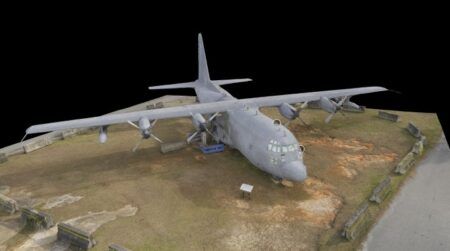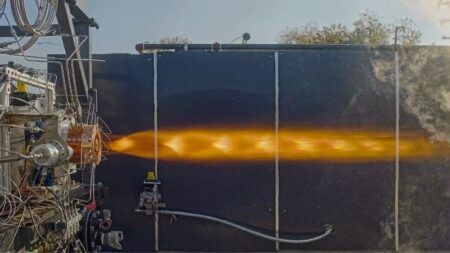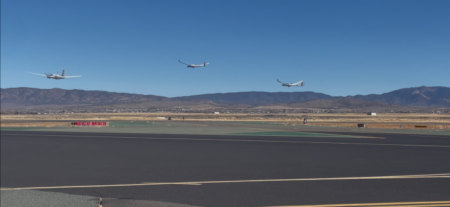Airbus Defence and Space and Thales are to conduct a risk-assessment study about the future of France’s maritime patrol aircraft program.
The two-year contract awarded by France’s Defence Procurement Agency (Direction Générale de l’Armement) follows on from an architecture and feasibility study launched at the end of 2022. Airbus is the prime contractor with Thales as a partner on the project.
The maritime patrol (MPA) is developing the A321 MPA, is a militarised version of the Airbus A321XLR.
The A321 MPA is being designed to meet all the operational requirements of the French Navy, mainly in anti-submarine and anti-ship warfare, from low to high intensity, as well as intelligence gathering.
The aim is to have a new aircraft to replace the French Navy’s fleet of Atlantique 2s, which are operated from the Lann-Bihoué (France) naval air base by the 2030-2040 timeframe.
“The A321 MPA (Maritime Patrol Aircraft) has all the assets to become a true flying frigate capable of responding to the wide range of missions entrusted to the French maritime patrol,” said Jean-Brice Dumont, executive vice president and head of air power at Airbus Defence and Space. “Airbus offers a sovereign solution that provides the autonomy, availability and reliability required to contribute to the oceanic component of the nuclear deterrence.”
The development and production phase of the maritime patrol aircraft programme is expected to start in 2026 following the conclusion of the risk-assessment study.
The study will enable the results of the architecture study to be refined into a set of economic and industrial conditions for carrying out the programme and guide the technical choices of the systems to be integrated on the aircraft, and carry out the first wind-tunnel tests.
The A321 MPA will have a long-range and high-manoeuvrability capability, including at low altitude. The aircraft will be equipped with a full range of sensors specific to maritime patrol aircraft, to which Thales is a major contributor: latest-generation radar with active antennas; an acoustic system using passive and active sonar buoys; electronic and electro-optical warfare systems; magnetic anomaly detection (MAD), and self-protection systems.
It will also carry communications systems, including satellite communications, as well as the weapons needed for anti-submarine and anti-ship warfare, including torpedoes and the future anti-ship missile (FMAN). The aircraft’s large cargo bay and the open architecture of its mission system give it a great capacity to evolve throughout its lifecycle to meet the emergence of new threats.
Airbus Defence and Space has experience in converting commercial aircraft into military aircraft, including the A330 Multi Role Tanker Transport (MRTT). The company has also integrated the sensors and mission systems on the P3, C295 and CN235 aircraft, with more than 170 aircraft in service in various maritime patrol and surveillance configurations.





